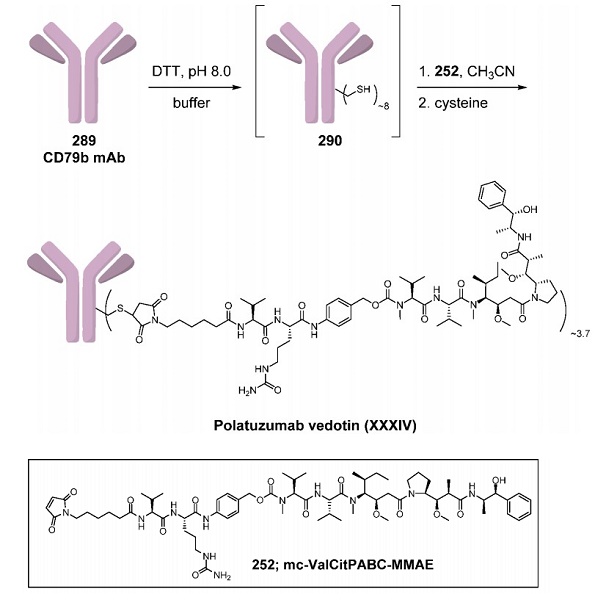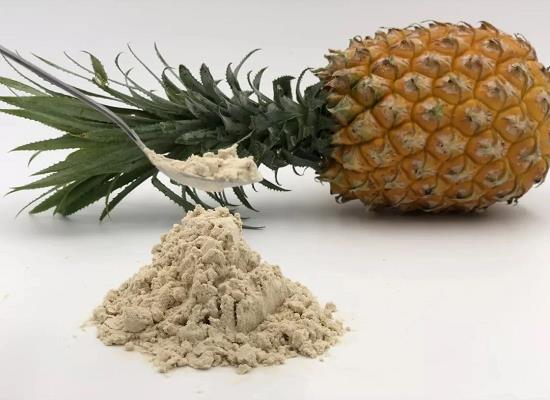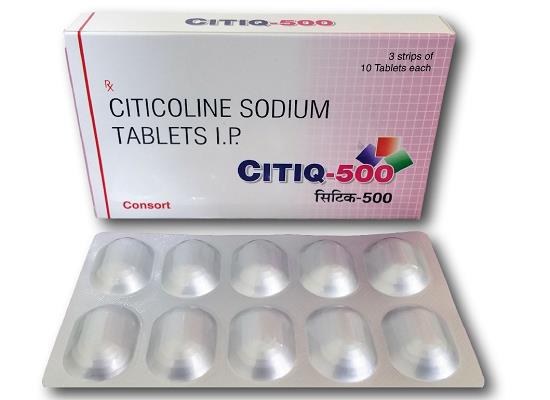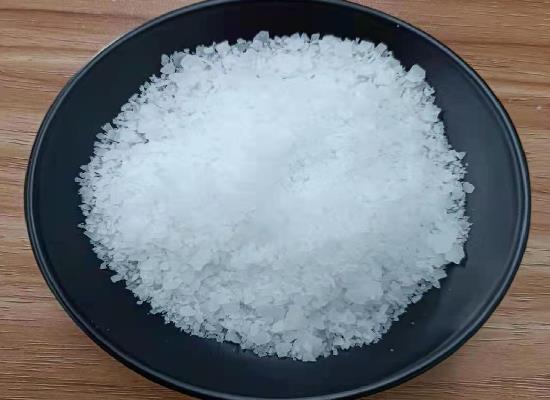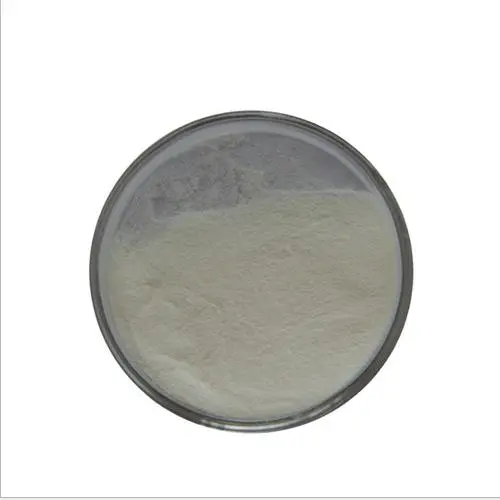Active Pharmaceutical Ingredients (API), popularly speaking, are the raw materials of medicines, only pharmaceutical raw materials are processed into pharmaceutical preparations , can they become medicines available for clinical use, so drugs we usually eat are the finished drugs through processing. Active Pharmaceutical Ingredients based on its sources can be divided into two major categories ,including chemical synthetic drugs and natural chemical drugs. Chemical synthetic drugs can be divided into organic synthetic drugs and inorganic synthetic drugs. Inorganic synthetic drugs are inorganic compounds ( very few is element), such as aluminum hydroxide, magnesium trisilicate which are used for the treatment of gastric and duodenal ulcers ; organic synthetic drugs are mainly composed of drugs made by basic organic chemical raw materials, through a series of organic chemical reactions (such as aspirin, chloramphenicol, caffeine, etc.). Natural chemical drugs ,based on its sources,can be divided into two categories including biochemical drugs and plant chemical drugs. Antibiotics are generally made by the microbial fermentation, which belongs to the biochemistry category. A variety of semi-synthetic antibiotics occurs in recent years,which are biosynthesis and chemical synthesis combining products.Among active Pharmaceutical Ingredients, the organic synthetic drugs varieties, yields and values have the largest proportion,which are the main pillars of the chemical and pharmaceutical industries. The quality of active Pharmaceutical Ingredients decides whether the formulation is good or bad , so its quality standards are very strict ,countries in the world have developed national pharmacopoeia standards and strict quality control methods for its widely used active Pharmaceutical ingredients.
Gefitinib: Pharmacodynamic Properties, Dosage and Administration
Gefitinib demonstrates pharmacodynamic properties in inhibiting downstream signal transduction in NSCLC, and its recommended dosage is 250mg once daily.
Jan 23,2024 APIThe synthesis method of Polatuzumab vedotin
Polatuzumab vedotin is an antibody-drug conjugate comprising a monoclonal antibody against CD79b (a B cell receptor component) covalently conjugated to the anti-mitotic cytotoxic agent monomethyl auri
Jan 22,2024 APIZinc Sulfide Nanoparticles: Unique Properties and Potential Applications in Biomedicine
Zinc sulfide nanoparticles possess unique properties for biomedical applications, including wound healing, cancer treatment, and imaging.
Jan 22,2024 APIBromelain: Source, Antimicrobial Efficacy and Therapeutic Applications
Bromelain, a protein found in pineapple stems, has diverse applications in medicine due to its antimicrobial properties, and potential in treating various conditions.
Jan 22,2024 APINano-Platform Carrier Enhances Delivery of Citicoline Sodium for Alzheimer's Disease Treatment
Nano-platform carrier enable targeted delivery of Citicoline sodium to the brain, showing potential as anti-Alzheimer's drug by boosting cholinergic activity and reducing neurodegenerative damage.
Jan 22,2024 APIPhysiologic Basis of Somatotropin and Its Clinical Applications
Somatotropin stimulates ovarian function, improves reproductive outcomes in assisted reproductive technology, and enhances oocyte maturation and endometrial receptivity in in vitro fertilization.
Jan 22,2024 APICarbonization of biowaste with potassium formate to fabricate oxygen-doped porous biochar sorbents
Potassium formate-derived biochars show high sorption capacity for organic pollutants and utilizing micropores. They are easily regenerated and offer promising environmental applications.
Jan 22,2024 APIHydroxylamine Sulfate: Unique Biological Effects and Toxicity Mechanisms Explored
Hydroxylamine sulfate induces methemoglobinemia, causing abnormal hemoglobin production. Mechanisms involve reactive oxygen species and free blood iron. Methylene blue may reduce methemoglobin levels.
Jan 22,2024 APIGeneral properties and green synthesis of Benzalacetone
Benzalacetone is mainly used in food additives, flavours and fragrances, as well as a reagent for chemical synthesis or reactions.
Jan 19,2024 APITypes and properties of Glass
As a general rule, glasses are amorphous inorganic solids usually made of silicates, but other inorganic or organic compounds can exhibit a vitreous structure (e.g., sulfides, polymers)
Jan 19,2024 API




